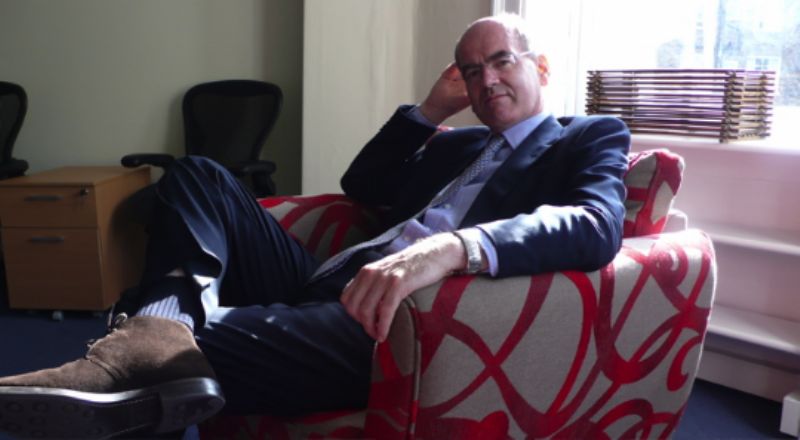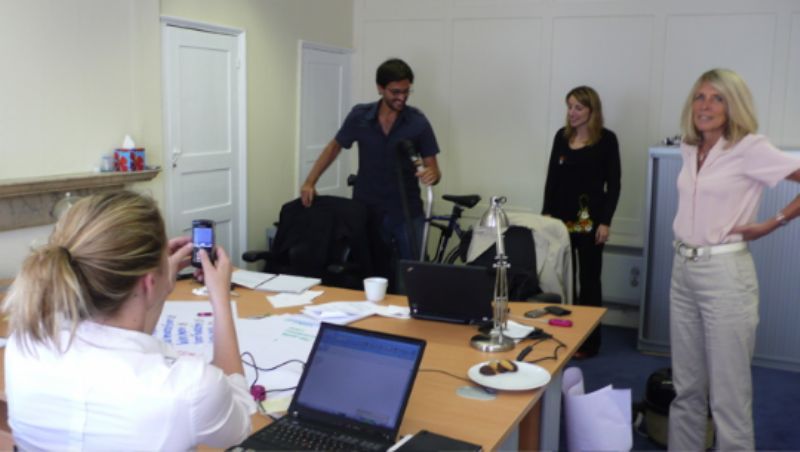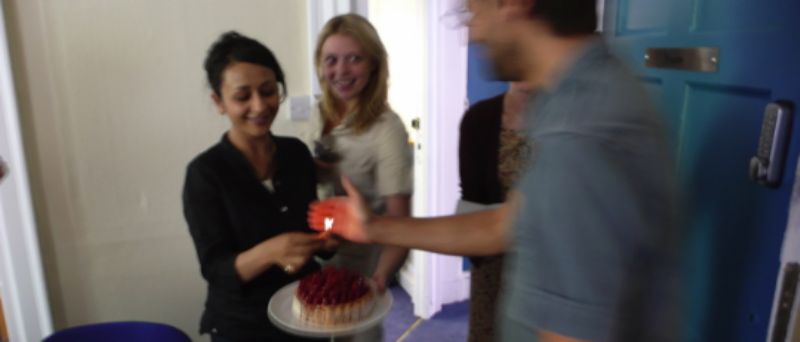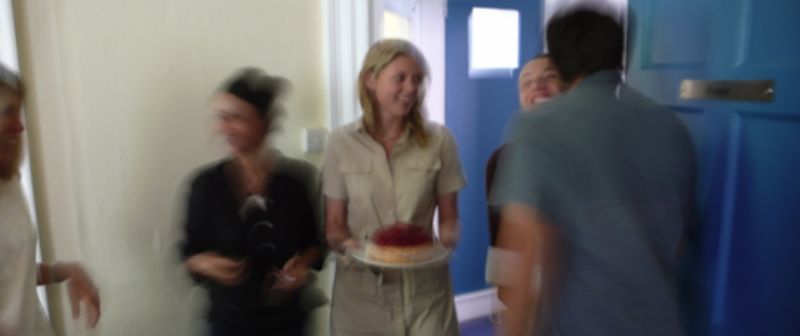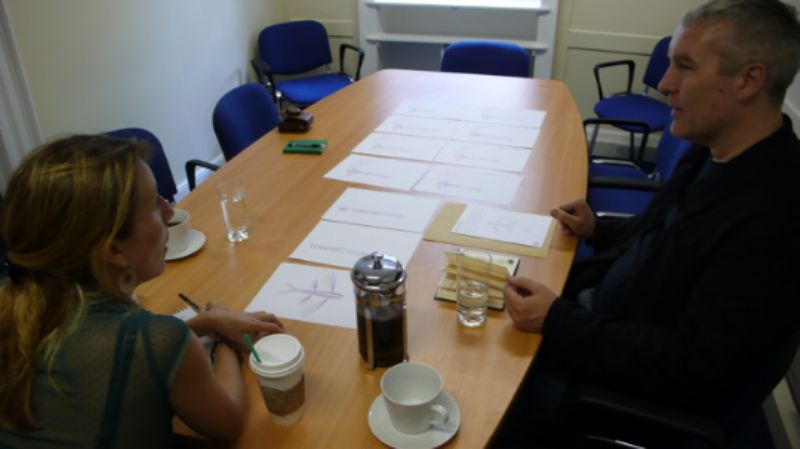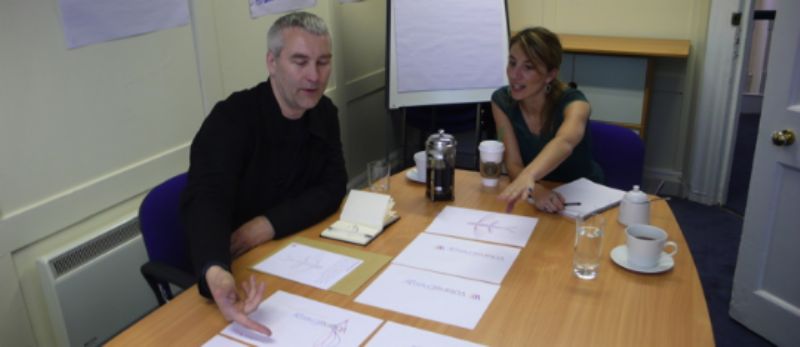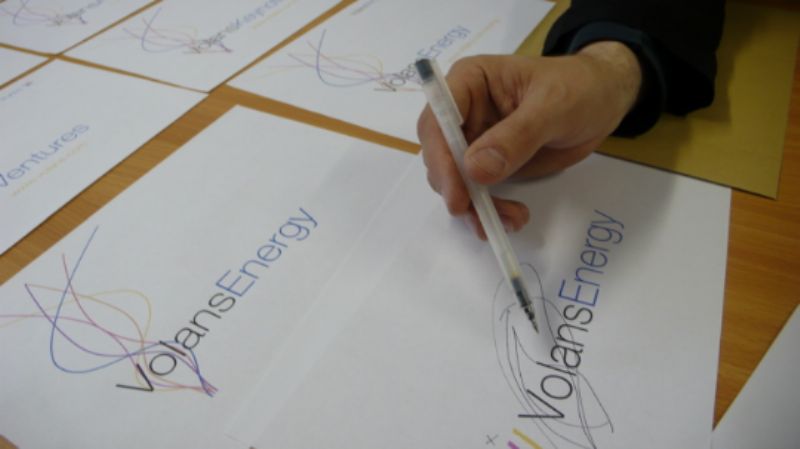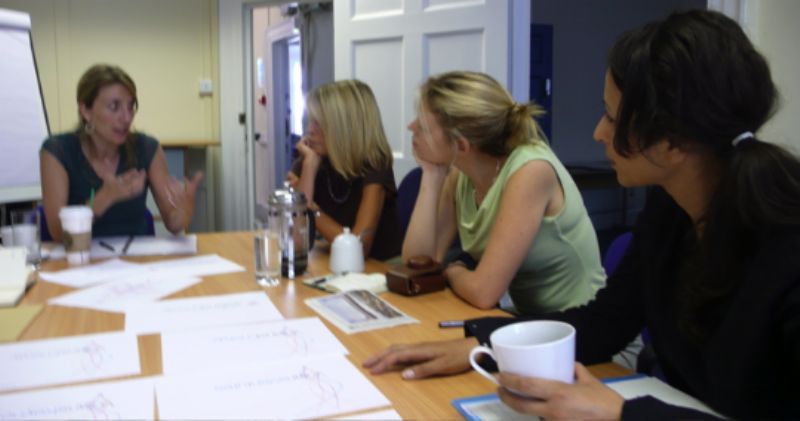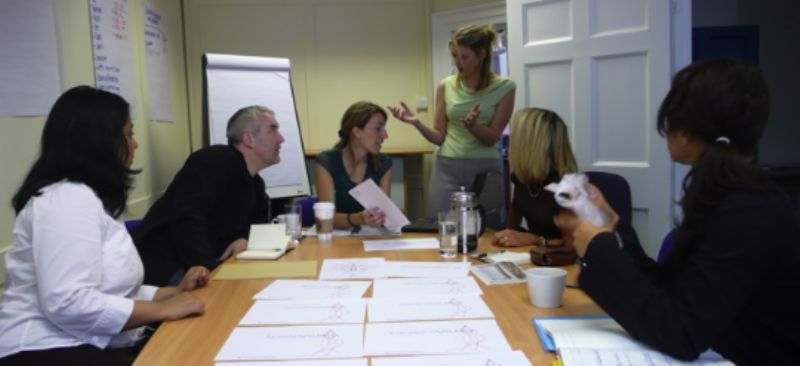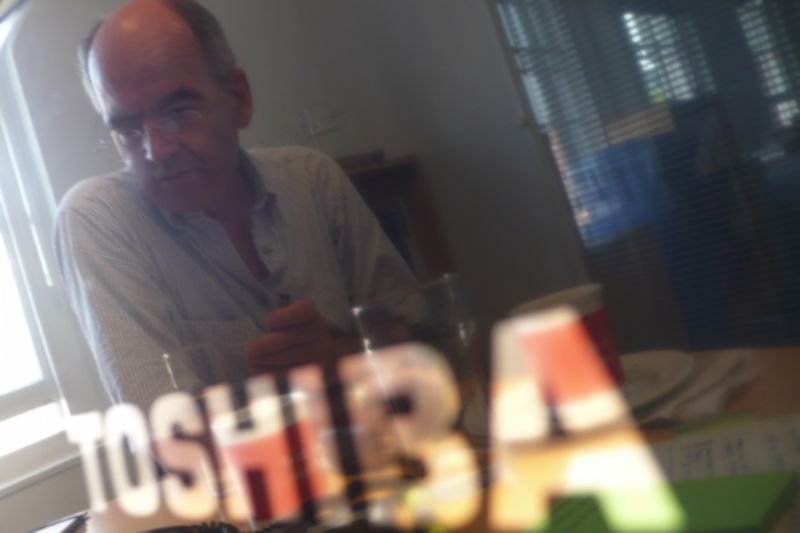We had our first joint meeting of SustainAbility and Volans yesterday, in which Charmian (Love), our new Volans COO, expained the progress we have been making on our visual identity (very exciting), organisational structure (clarity can be a wonderful thing) and Advisory Board (some stunning developments there, too). We are working on a range of changes in anticiaption of the Volans ‘soft’ launch early in September, follower by a ‘hard’ launch in November.
One of Charmian’s slides noted that SustainAbility and Volans are ‘sister’ organisations. True, but I almost commented that they are step-sisters: same father, different mothers — Julia Hailes with SustainAbility, Pamela Hartrigan with Volans. But thought better of it. Still, I find myself increasingly thinking with real interest about how the two organisations can best work together in the coming years.

